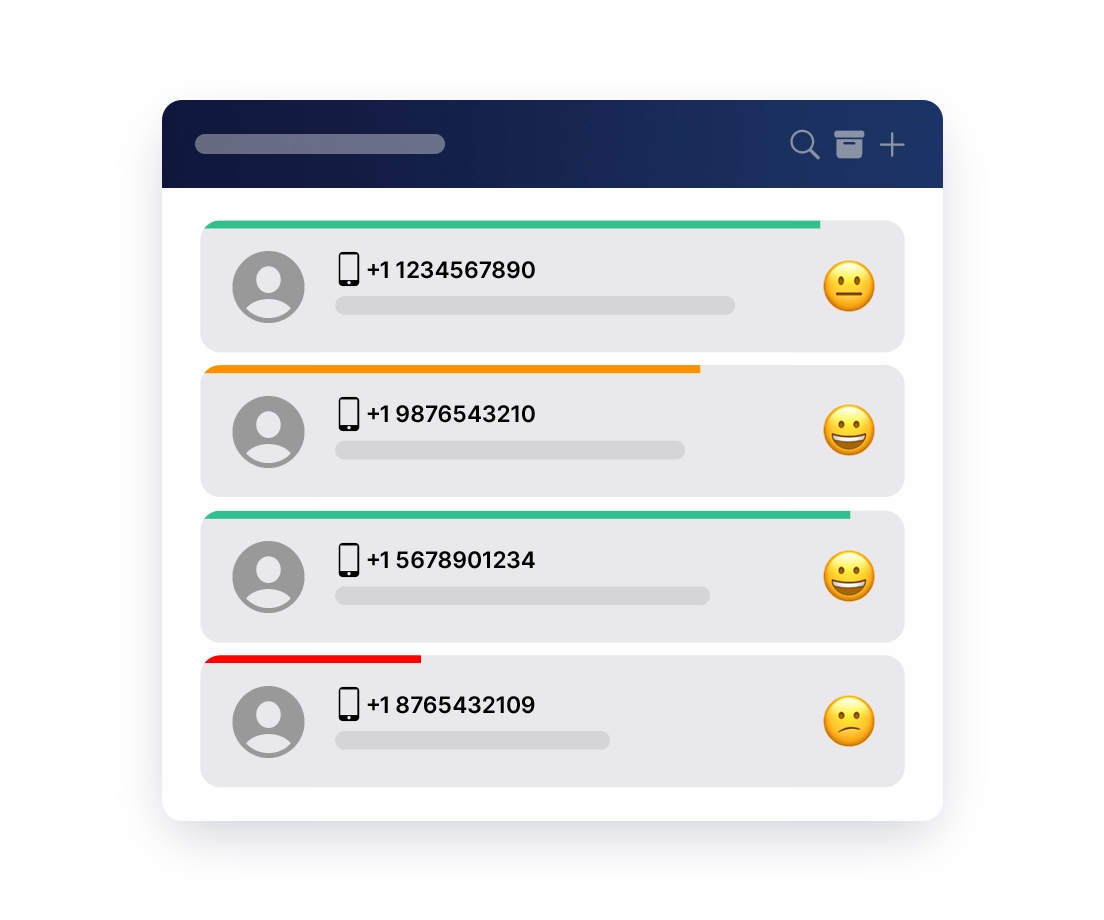Today’s connected customers expect efficient communication and don’t want to wait on hold for assistance. 76% of surveyed millennials prefer texting because it’s more convenient and on their schedule. Quiq’s call-to-text conversion gives customers the option to text customer service instead of being stuck on hold.
Call-to-Text Platform
Helping customers over text
is 3x cheaper than phone—
and they prefer it.
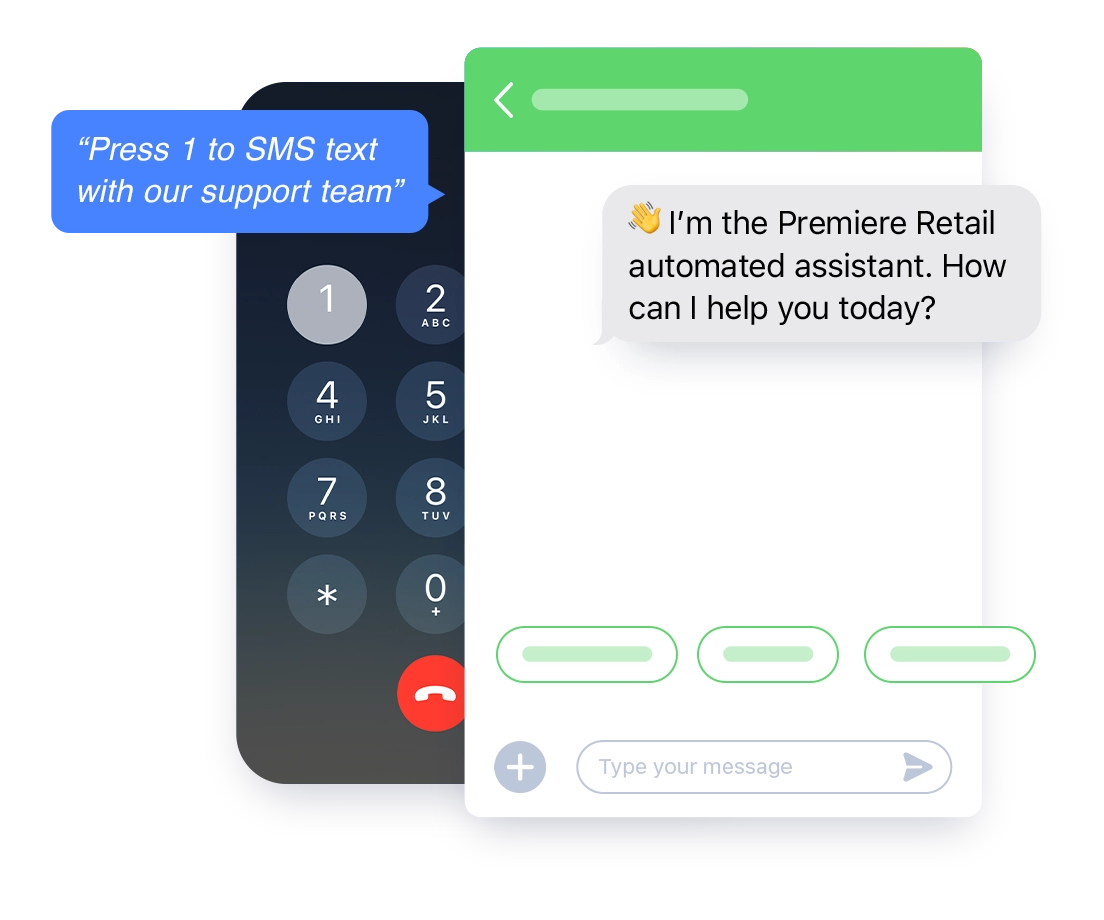
Trusted by leading CX-obsessed brands.
Increase customer satisfaction with call-to-text conversion.
Give customers the option to engage with you on their terms and watch your customer satisfaction rates rise. Quiq easily integrates with your existing interactive voice response (IVR) system to offer customers the option to text you instead of waiting on the phone for an agent.
Most customers hang up after being
on hold for 90 seconds.
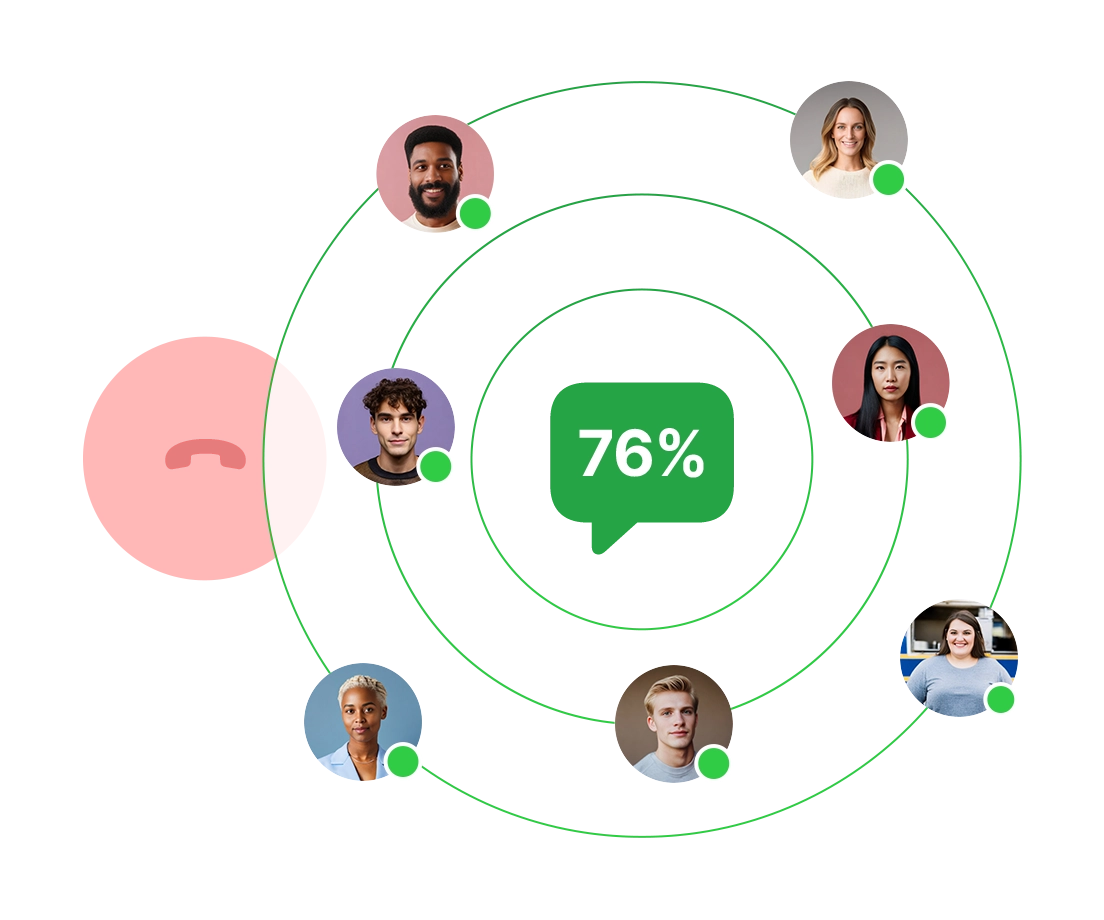
Give customers the option to
connect with you now—or later.
With asynchronous text communications, your customers can reach out in their moment of need and respond when it works for them—giving them control over the pace and timing of the conversation and increasing satisfaction. Quiq’s call-to-text conversion works through SMS text or the world’s most popular messaging app, WhatsApp.
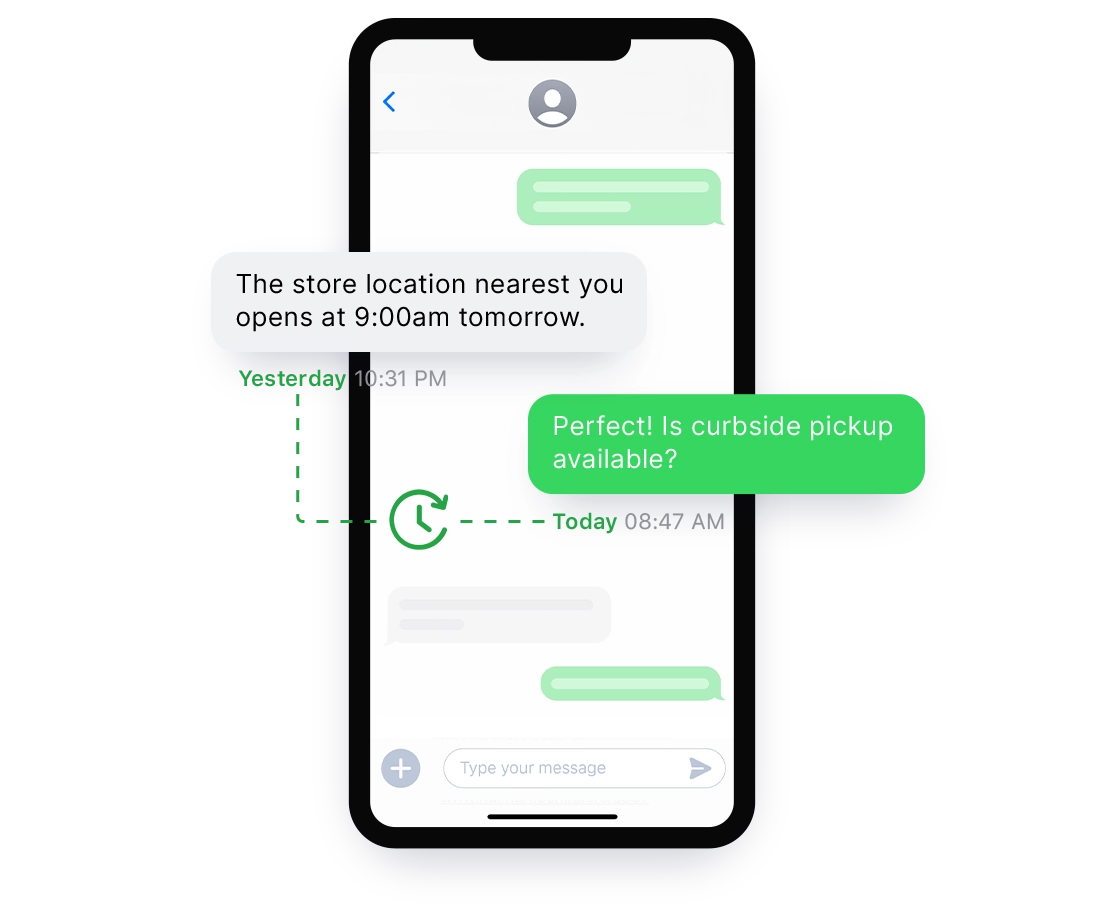
Take customer service from a cost
center to a profit center.
Helping customers over text is 3x less expensive than over the phone. With Quiq, you can deflect higher-cost phone calls to lower-cost messaging, where agents can handle up to eight text conversations at once from a single, secure platform.
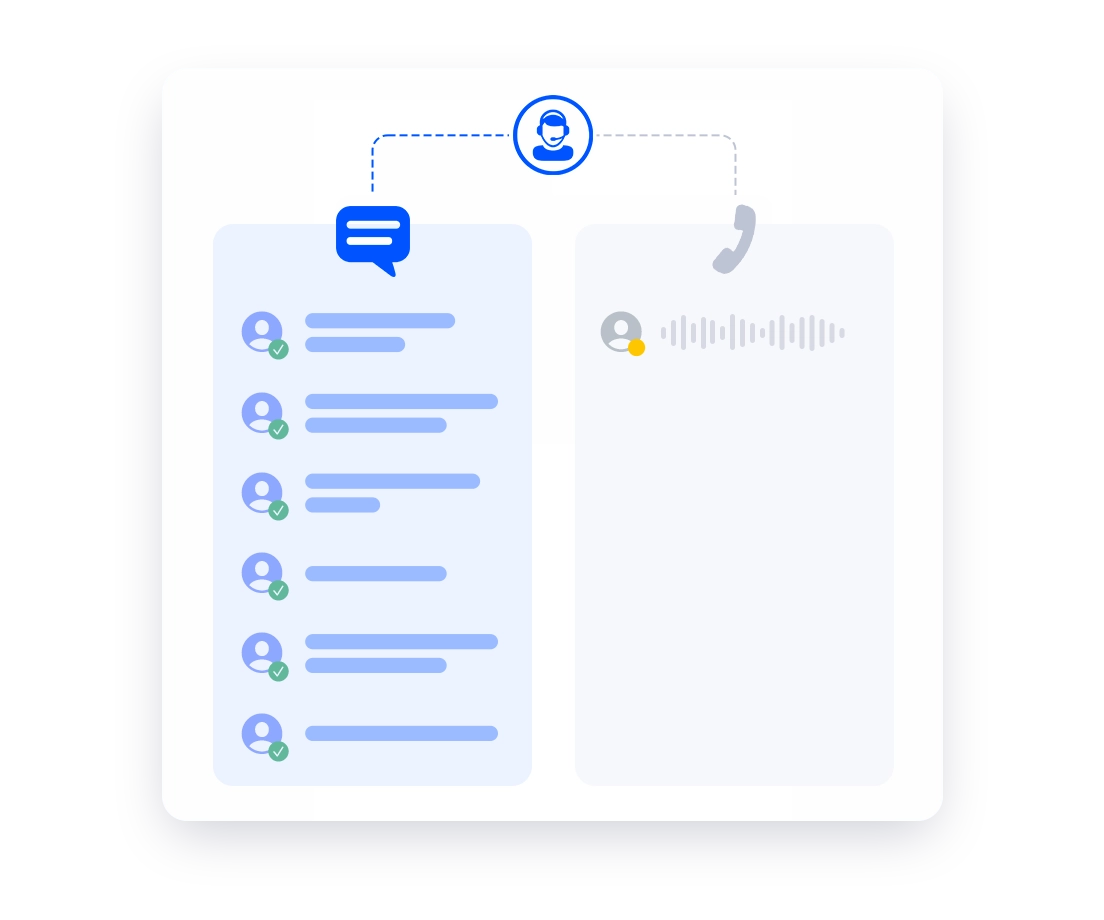
Why partner with Quiq for call-to-
text conversion?
Quiq’s AI-powered Conversational Platform facilitates conversations between customers and companies across preferred engagement channels to increase efficiency, drive revenue, and improve customer satisfaction. Our unique Adaptive Response Timer prioritizes customer conversations for customer service representatives based on how slowly or swiftly that customer engages in the conversation. We are truly asynchronous and allow messages to pick up where the customer has left off.
